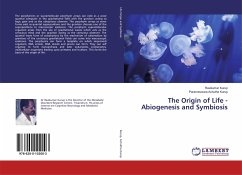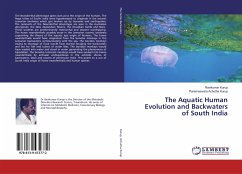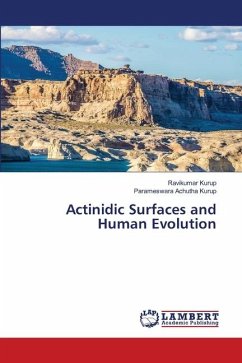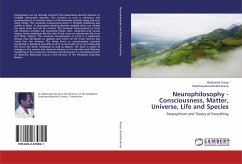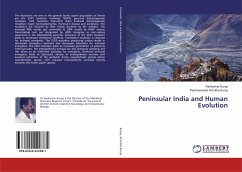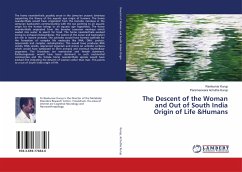
The Descent of the Woman and Out of South India Origin of Life &Humans
Versandkostenfrei!
Versandfertig in 6-10 Tagen
51,99 €
inkl. MwSt.

PAYBACK Punkte
26 °P sammeln!
The homo neanderthalic possibly arose in the Lemurian oceanic landmass supporting the theory of the aquatic ape origin of humans. The homo neanderthalis would have originated from the bonobo monkeys in the Lemurian backwaters communicating with the sea pointing to an aquatic origin for the human beings or an aquatic ape hypothesis. The homo neanderthalis originated from the bonobo Lemurian monkeys which waded into water to search for food. The homo neanderthalis evolved owing to archaeal endosymbiosis. The waters of the ocean and backwaters are rich in marine archaea. The actinides would have ...
The homo neanderthalic possibly arose in the Lemurian oceanic landmass supporting the theory of the aquatic ape origin of humans. The homo neanderthalis would have originated from the bonobo monkeys in the Lemurian backwaters communicating with the sea pointing to an aquatic origin for the human beings or an aquatic ape hypothesis. The homo neanderthalis originated from the bonobo Lemurian monkeys which waded into water to search for food. The homo neanderthalis evolved owing to archaeal endosymbiosis. The waters of the ocean and backwaters are rich in marine archaea. The actinides would have formed scaffolds for the formation of complex life molecules like RNA, DNA, protein, isoprenoids and complex carbohydrates. This would have produces RNA viroids, DNA viroids, isoprenoid organism and prions on actinidic surfaces which would have symbiosed to form archaea and eventual multicellular organisms. The Dravidians are matriarchal and female dominant. Parthenogenesis would have been dominant in such matriarchal communities and the female homo neanderthalic species would have evolved first indicating the descent of woman rather than man. This points to a out of South India origin of life.



